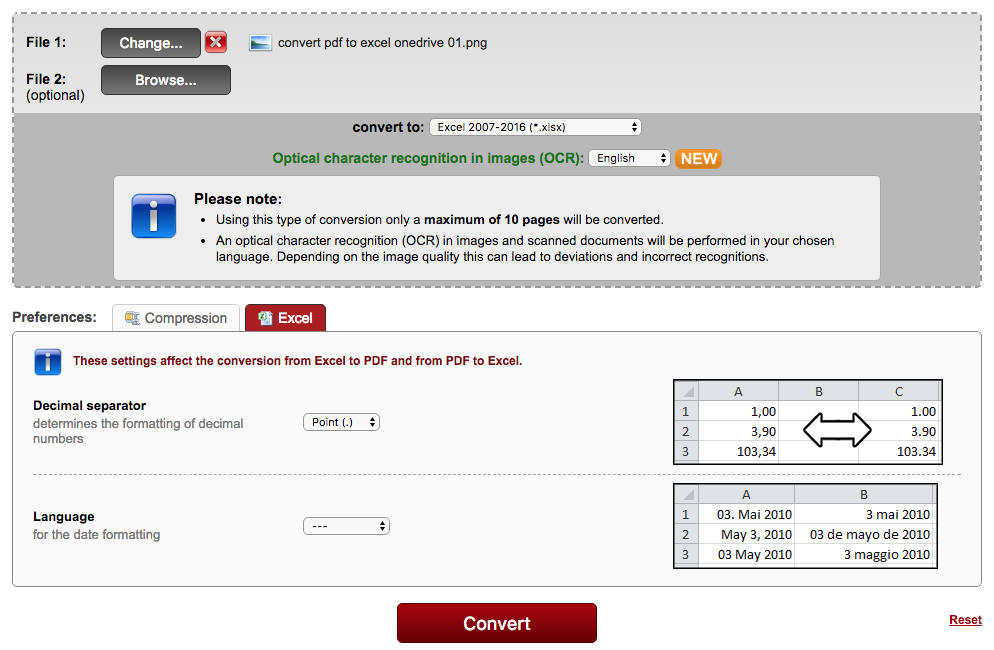

Goddard plays a leading role in NASA’s accomplishments by contributing compelling scientific knowledge to advance the Agency’s mission. NASA Goddard Space Flight Center enables NASA’s mission through four scientific endeavors: Earth Science, Heliophysics, Solar System Exploration, and Astrophysics. Credit: NASA/GSFC/Landsat 7 NASA image use policy. For more information visit: /.To learn more about the Landsat satellite go to.landsat.gsfc. Currently there are more than 2 million Landsat images in the National Satellite Land Remote Sensing Data Archive. Landsat satellites have been acquiring images of the Earth’s land surface since 1972. It is maintained by the Landsat 7 Project Science Office at the NASA Goddard Space Flight Center in Greenbelt, MD. satellite used to acquire remotely sensed images of the Earth's land surface and surrounding coastal regions. Landsat 7 image of Seattle, Washington acquired August 23, 2014. NASA Satellite Captures Super Bowl Cities - Seattle Instrument: Terra - MODIS To learn more about this image go to: earthobservatory. NASA image courtesy Jeff Schmaltz, MODIS Rapid Response Team at NASA GSFC. The JTWC forecast that Ului would make landfall over the northeastern Queensland coast and diminish over land. The JTWC reported that Ului had been moving southward and was expected to turn west and accelerate toward Australia. on March 19 in Sydney, Australia), Ului was roughly 670 nautical miles (1,240 kilometers) east of Cairns, Australia. Ului’s eye appears to span 100 kilometers (60 miles) and the whole storm spans several hundred kilometers. North of the storm lie the Solomon Islands (shown in the high-resolution image). The Moderate Resolution Imaging Spectroradiometer (MODIS) on NASA’s Terra satellite captured this true-color image of the storm on March 18, 2010. Although still strong, the wind speeds had significantly diminished over the previous few days. Navy’s Joint Typhoon Warning Center (JTWC) issued the same day reported that the cyclone had maximum sustained winds of 80 knots (150 kilometers per hour) and gusts up to 100 knots (185 kilometers per hour). Tropical Cyclone Ului persisted south of the Solomon Islands on March 18, 2010. NASA Satellite Image of Tropical Cyclone Ului Satellite: Aqua Credit: NASA/GSFC/Aqua NASA Goddard Space Flight Center enables NASA’s mission through four scientific endeavors: Earth Science, Heliophysics, Solar System Exploration, and Astrophysics. The image was taken at 0405 UTC on March 11 (1:05 p.m. At the time Aqua passed overhead, the Moderate Resolution Imaging Spectroradiometer (MODIS) instrument captured a visible of Japan covered by clouds. NASA's Aqua satellite passed over Japan one hour and 41 minutes before the quake hit. NASA Satellite Image of Japan Captured March 11, 2011


 0 kommentar(er)
0 kommentar(er)
